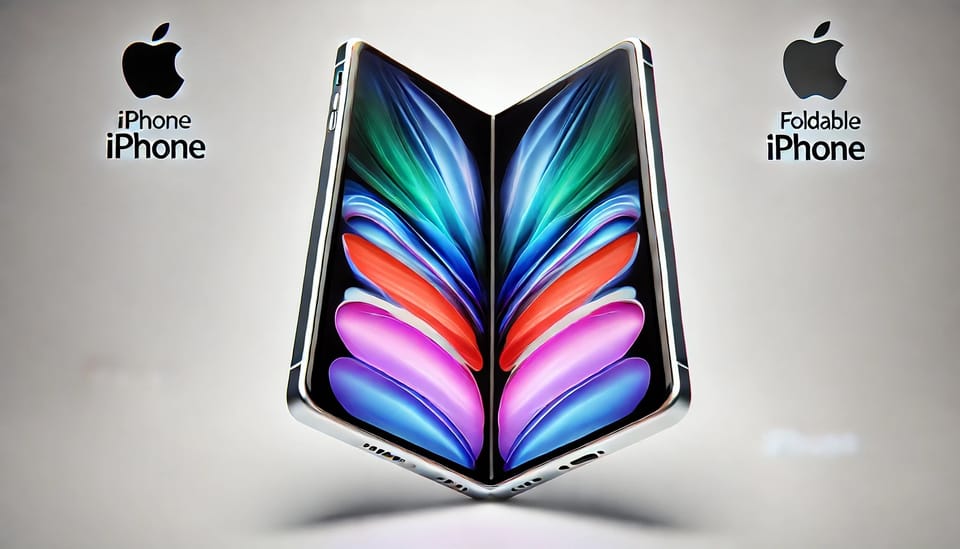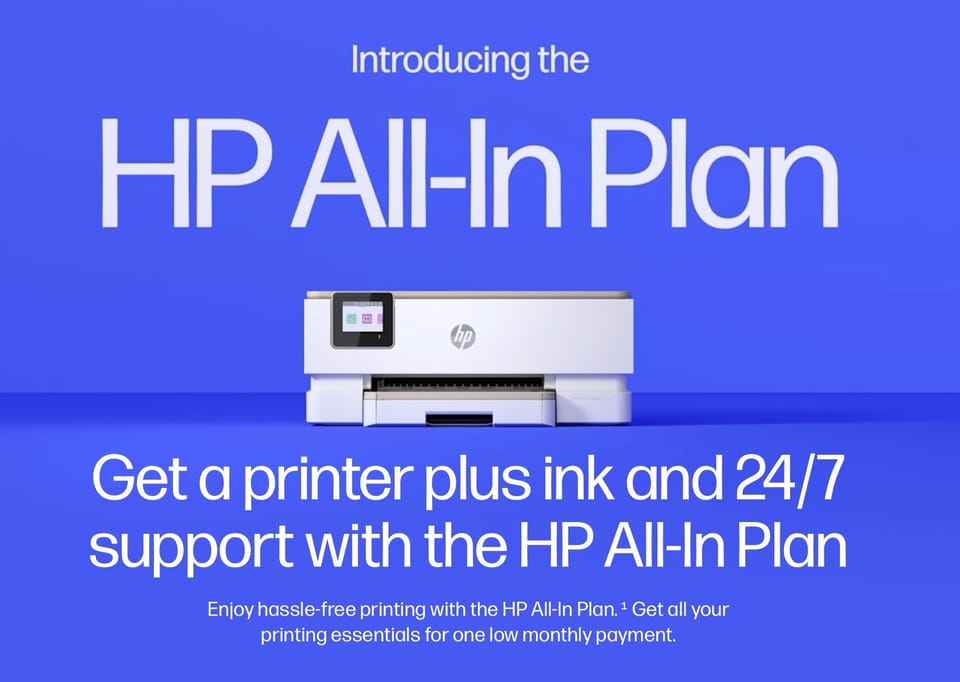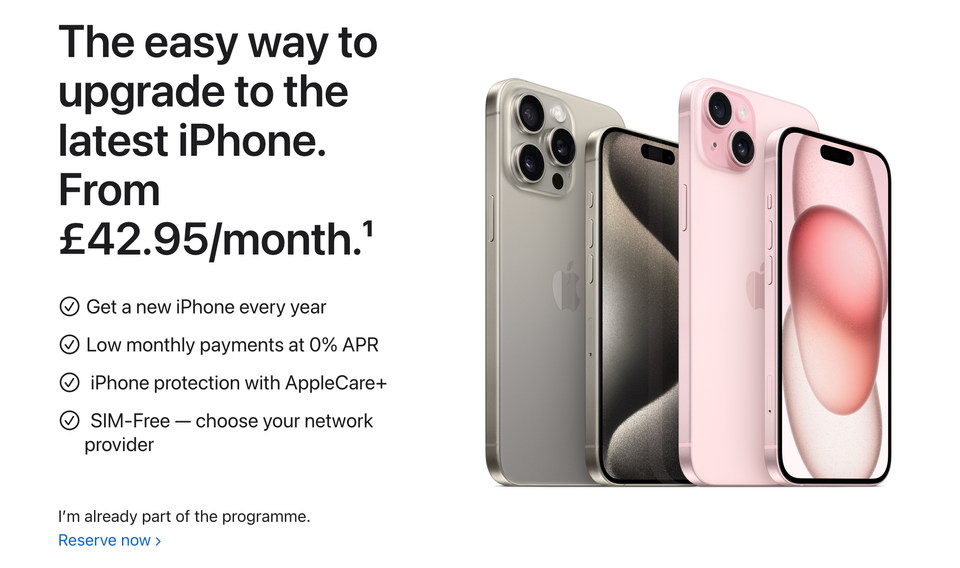Before you battle that monster, make sure you've got a full charge on your Nokia
Ah, what a happy chap I was sat in the movie theatre (or “cinema”, for the Brits reading) the other day. I went along to see Cloverfield, the monster-movie-without-a-monster. The entire footage is meant to be from a video camera capturing the lives of four manhattan young’uns as they react to and deal with the trauma unfolding around them.
Nokia got an excellent deal. They were absolutely everywhere — and it was exciting to actually see Americans brandishing decent handsets. I don’t think I saw any top of the line N95s or similar, but I definitely glimpsed a lot of mid-line handsome phones on display and in use by key characters. The central male character was sporting, I think, a Nokia N75/76 whilst one of the minor female characters spent most of one scene tapping away on what looked like a Nokia 6300. I saw quite a few other handsets brandished by passers by across the movie.
However Nokia even managed to get a look-in on the script itself. How? Well, you know how it’s rather annoying that Jack Bauer from 24 never seems to run out of mobile juice unless the script calls for it? You know how he can go for what looks like 24 hours with a single charge on his mobile whilst continually connected to base? Well, Nokia had a word with the screenwriters on this one, I’m sure. Just after the major ‘disaster’ bit in Cloverfield, the male protagonist calls his wannabe-girlfriend. Only… ahhh… nooo! His phone’s out of battery!
“Wow, realistic!” I thought. He’d just got home from a day at work, right? So the first thing he’d be doing, obviously, is charging his phone. Only, disaster strikes and … boom… no battery to call the girl.
So what does he do? Well, he forgets the marauding doom fast approaching and legs it into an electronics store (helpfully followed by the kid with the video camera, so we — the audience — can all see what’s going on). Our hero hunts about the Nokia battery stand in the store whilst loads of people are helping themselves to flatscreen televisions and what not. Eventually he finds the right battery, pulls it from its packaging, sticks it into his phone… bish bash bosh, his phone works! Fairly accurate, obviously, new batteries generally have some sort of useful amount of power in them when you buy them.
In another scene, our despairing hero sits, hands in face, next to a huge, huge Nokia-Connecting-People poster for a good 30-45 seconds.
So excellent and fairly realistic product placement, I reckon.
I was entertained by that. I doubt many others were watching the mobile phone references as much as I was though. In fact, after the film, I asked my other half what she thought of the Nokia product placement and she wondered what I meant, “What, I didn’t see any?” she told me. For the many, then, it was very well done subconscious product placement. It wasn’t, I don’t think, anywhere near as bad as the James Bond Sony Ericsson product placement from the latest movie — that was gratuitous.
(And don’t worry, if you’re a monster movie fan, there are copious scenes with the monster(s) throughout the movie).




